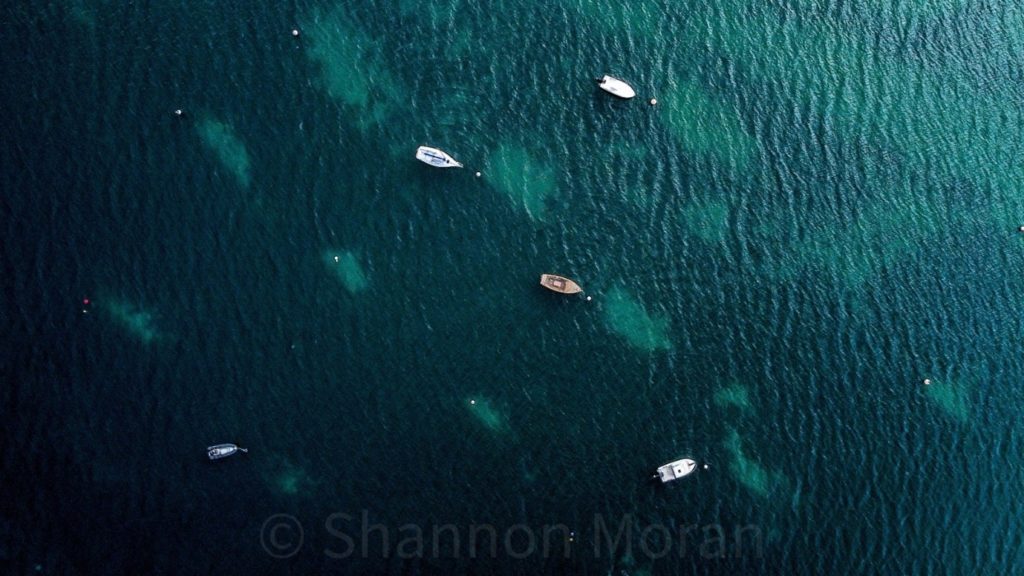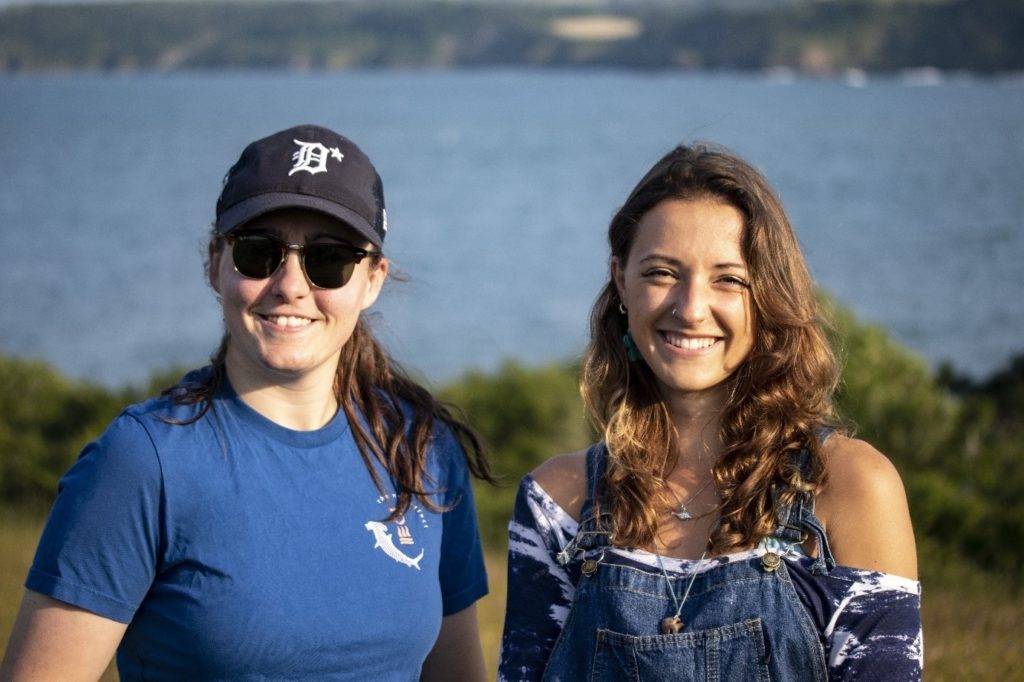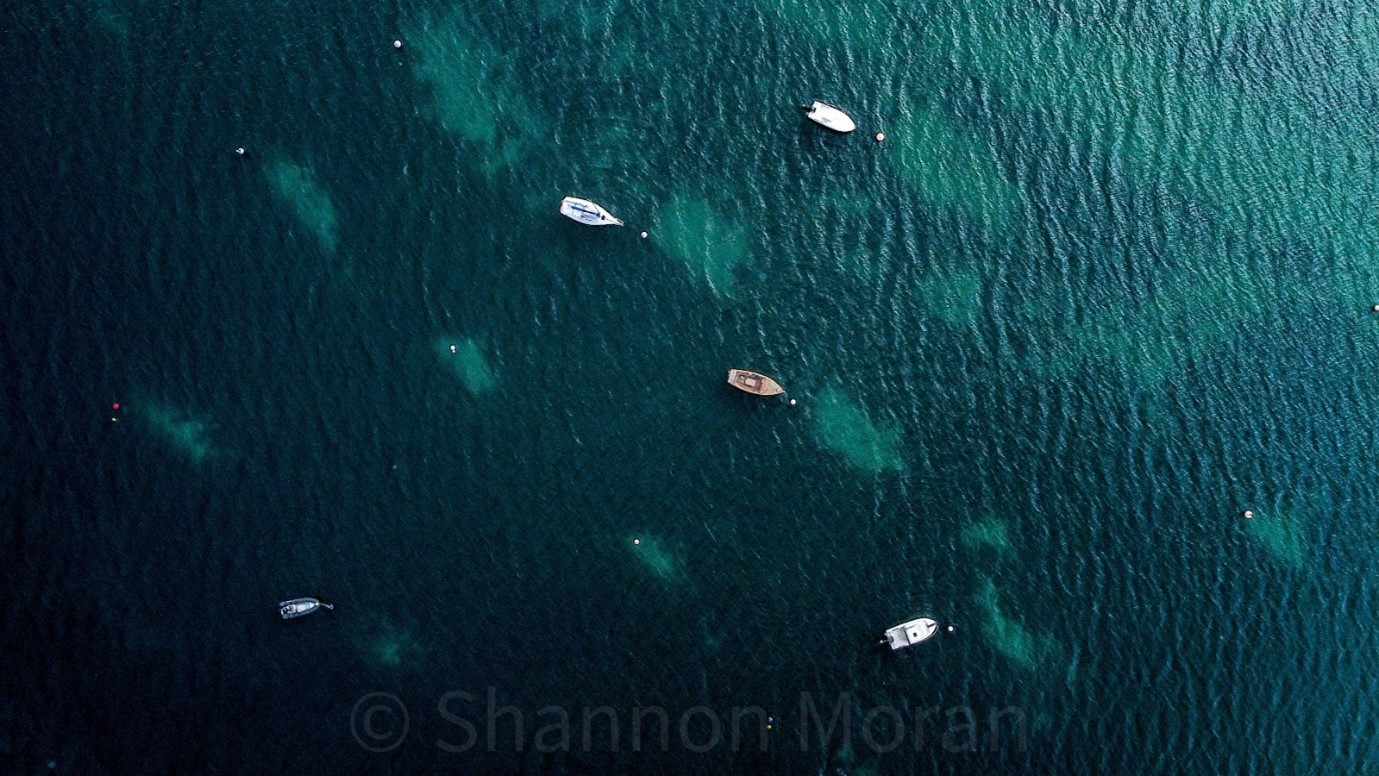Written by Tara Rebecca Williams

Earlier this year, I was awarded funding from ExeterMarine for an underwater photography project in collaboration with local award-winning underwater photographer and Falmouth University Marine and Natural History Photography graduate Shannon Moran. Over the next few months, we will collect photographs and videos of the ‘underwater gardens’ of Cornwall’s Helford Estuary, documenting the plants and animals that live there and the struggles and triumphs they experience. Next year, we will produce both a photobook and local exhibition to showcase and celebrate the otherwise hidden life beneath the surface of one of Cornwall’s most precious eco-regions.
The concept for this project arose whilst I was working at Trebah Gardens in Mawnan Smith alongside a part-time master’s degree in Marine Environmental Management. Within the garden, I would chat with people from all over the world about the estuary’s unique flora and fauna and how it didn’t stop at Polgwidden Cove, the beach where the garden ends. Across the café counter, I’d swap scoops of strawberry ice cream and eco-cups of instant coffee for visitors’ tales of sightings in the shallow water, and watch parents clean chocolate stains and salty rockpool water from their children’s hands. For many, interaction with the gardens under the estuary’s surface is restricted to shell collecting and stone skimming. It can therefore be very difficult to empathise with life underwater and the struggles it faces, even so close to home.
Though less curated by humans, underwater gardens share many similarities with their terrestrial counterparts. Seagrass meadows spread along much of the estuary floor, rippled by watery currents instead of wind, whilst spider-like crabs creep amongst the verdant blades. Deadwood and the twisted limbs of ancient oaks get a dipping between the tides, providing shelter and nutrients for fish, crustaceans, and other marine creatures. Seasons affect the rhythm of life here too; days shorten underwater just as they do on land at this time of year. In many ways, the Helford Voluntary Marine Conservation Group (HVMCG), who manage the estuary, are aquatic ‘gardeners’ who ensure life is looked after and pests and problems are kept away, an analogy which underpins our project.
Along with the Voluntary Marine Conservation Area, the region managed by the HVMCG, there are various other ‘Marine Protected Area’ (MPA) designations throughout the Helford. These include the Marine Conservation Zone (MCZ) for its population of native oysters (Ostrea edulis); the Fal and Helford Special Area of Conservation (SAC) which contains a number of important habitats including eelgrass (Zostera marina) beds, salt meadows and the most south-westerly maerl (Phymatolithon calcareum) bed in the UK; one of the UK’s first intertidal Sites of Special Scientific Interest (SSSIs); an Area of Outstanding Natural Beauty (AONB) and a Cornwall Wildlife Trust ‘Cornwall Nature Conservation Site’. Despite its ecological prowess, management and promotion of the Helford Estuary is mostly left to volunteers and the goodwill of visitors, most of whom experience only its above water ‘half’. Shannon and I hope this project will contribute to and help raise awareness of a code of conduct for the estuary that aims to address problems including poaching, pollution, and accidental (or intentional) damage. Both sustainable eco-tourism practises and the visitors themselves are intrinsic to the estuary and its protection.
It is widely accepted and first described by now anthologised forestry engineer Baba Dioum that “In the end we will conserve only what we love; we will love only what we understand, and we will understand only what we are taught.” Hopefully, by bringing these underwater gardens to the surface, we will foster greater understanding, love, and thus protection, of the mesmerising aquatic environment that is the Helford Estuary and our world ocean more generally.
Follow our progress on Instagram: #UnderwaterGardensoftheHelford @exetermarine @shannonmoranphoto @tarracuda_ and Twitter/X: #UnderwaterGardensoftheHelford.


